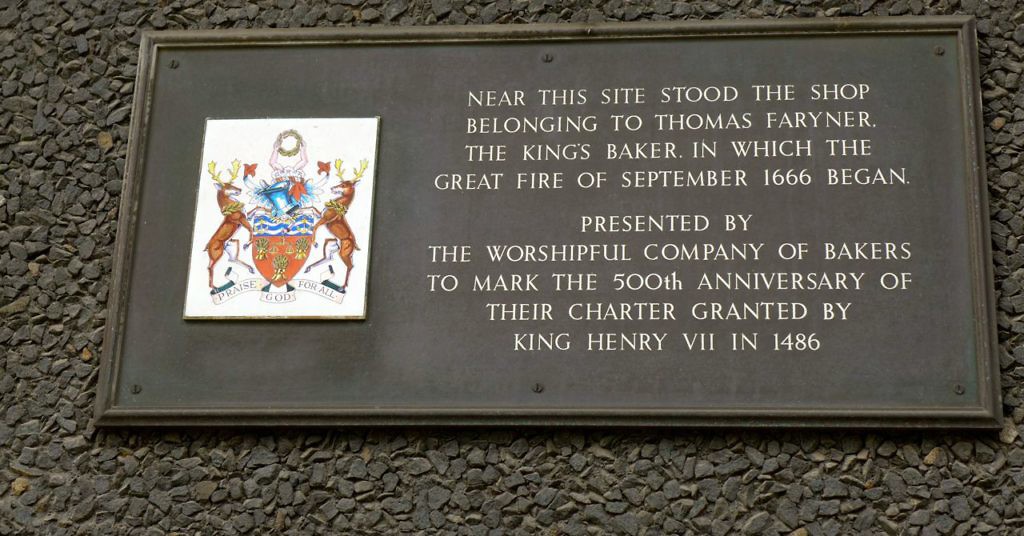Preview of CICON18 – Part 2
Increasingly we are seeing more research on the inflammatory status of the tumour microenvironment (TME) in recent years, not to mention the impact of cytokine and chemokine signalling pathways, and how they can be manipulated therapeutically.
 There’s also a much wider range of novel immunotherapy approaches being evaluated such as checkpoints, CARs and vaccines with respect to both T and NK cell therapies. There are also a few other immune cells being targeted for developmental therapeutics.
There’s also a much wider range of novel immunotherapy approaches being evaluated such as checkpoints, CARs and vaccines with respect to both T and NK cell therapies. There are also a few other immune cells being targeted for developmental therapeutics.
As part of the ongoing CICON18 Preview series, we take a look at what’s in store and why the latest ten we’ve highlighted matter in the broader context of the evolving landscape…
For those who missed it, Part 1 can be found here.
To learn more from our latest assessment and get a heads up on our oncology insights, subscribers can log-in or you can click to gain access to BSB Premium Content.
This content is restricted to subscribers

 The Great Fire of London started 350 years ago in September 1666 following a fire in a Pudding Lane bakery. It highlights the potential of what a small fire can do once it takes hold – over the course of 3 days, 13,000 houses and 436 acres were destroyed. It forever changed the landscape of medieval London.
The Great Fire of London started 350 years ago in September 1666 following a fire in a Pudding Lane bakery. It highlights the potential of what a small fire can do once it takes hold – over the course of 3 days, 13,000 houses and 436 acres were destroyed. It forever changed the landscape of medieval London.
 The dog days of summer are usually quiet on the Pharmaland front, although this year has been a bit of an exception, being notable for a batch of deals being completed and announced already.
The dog days of summer are usually quiet on the Pharmaland front, although this year has been a bit of an exception, being notable for a batch of deals being completed and announced already. In 2015 the large global trial to validate Immunoscore as a biomarker was still ongoing, so if you want some background to this important concept, do check out Dr Galon’s interview as it’s well worth reading as a primer on immunosurveillance, the importance of immune cells – the type, density and location, as well as background on the Immunoscore test as a marker of outcome.
In 2015 the large global trial to validate Immunoscore as a biomarker was still ongoing, so if you want some background to this important concept, do check out Dr Galon’s interview as it’s well worth reading as a primer on immunosurveillance, the importance of immune cells – the type, density and location, as well as background on the Immunoscore test as a marker of outcome.